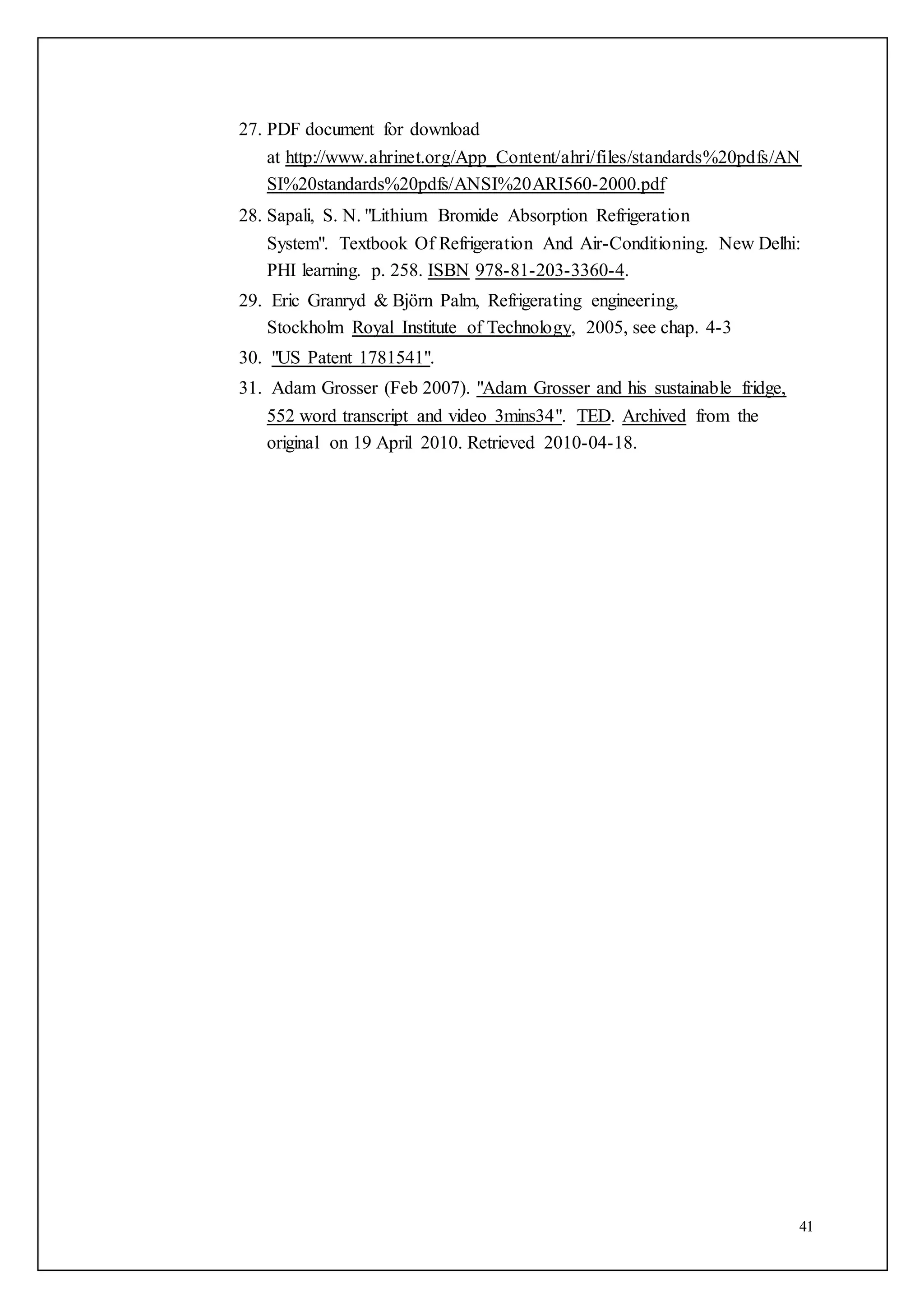Refrigeration is a process that removes heat from an enclosed space to lower its temperature below the surrounding temperature. Zeolites are microporous minerals commonly used as commercial adsorbents. They have a crystalline structure made up of silicon, aluminum and oxygen tetrahedra that form pores and cavities. Zeolites can adsorb large amounts of water due to their porous structure and electrostatic fields. Their ability to adsorb water makes them promising candidates for solar refrigeration applications by utilizing the zeolite-water adsorption process.

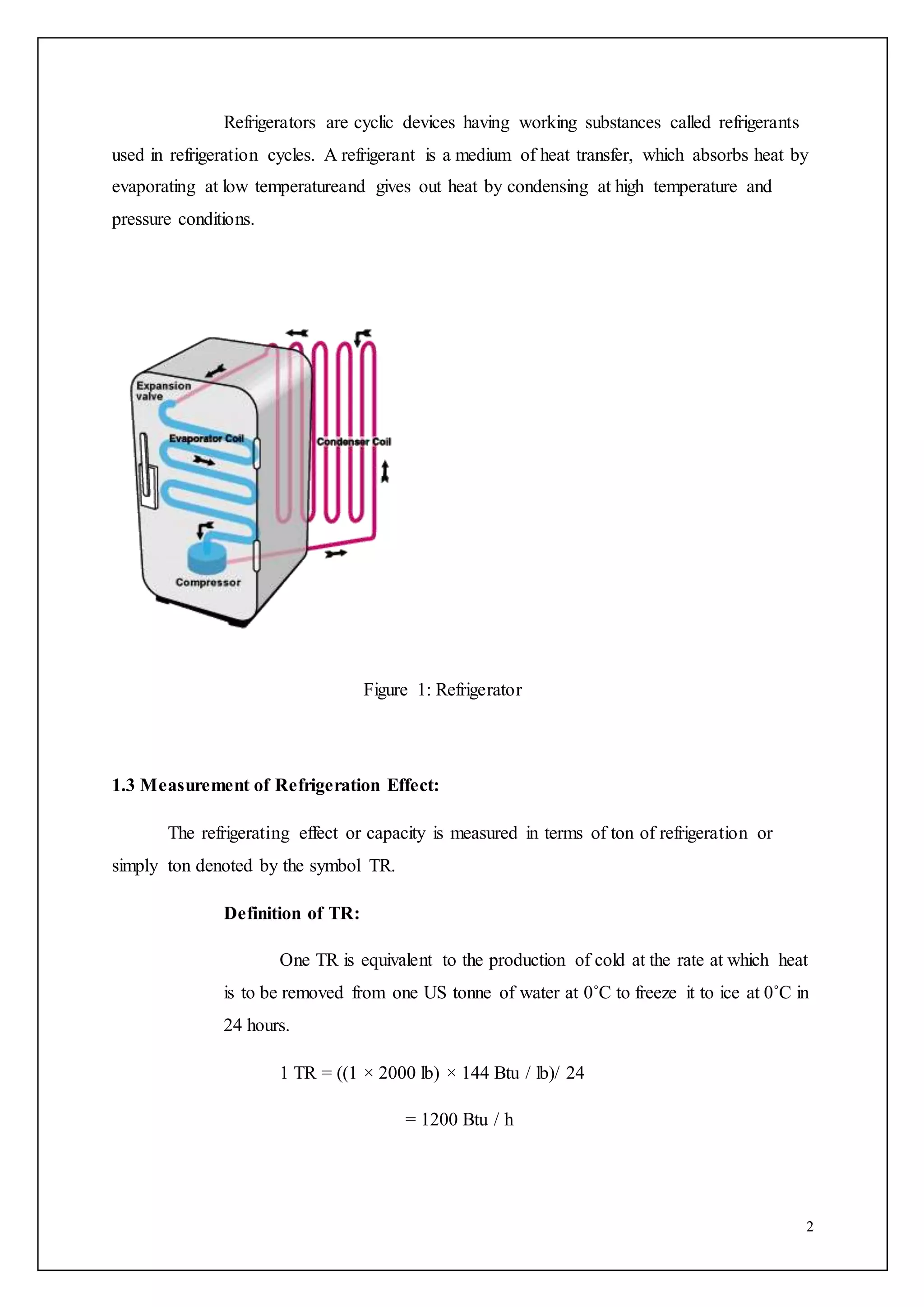
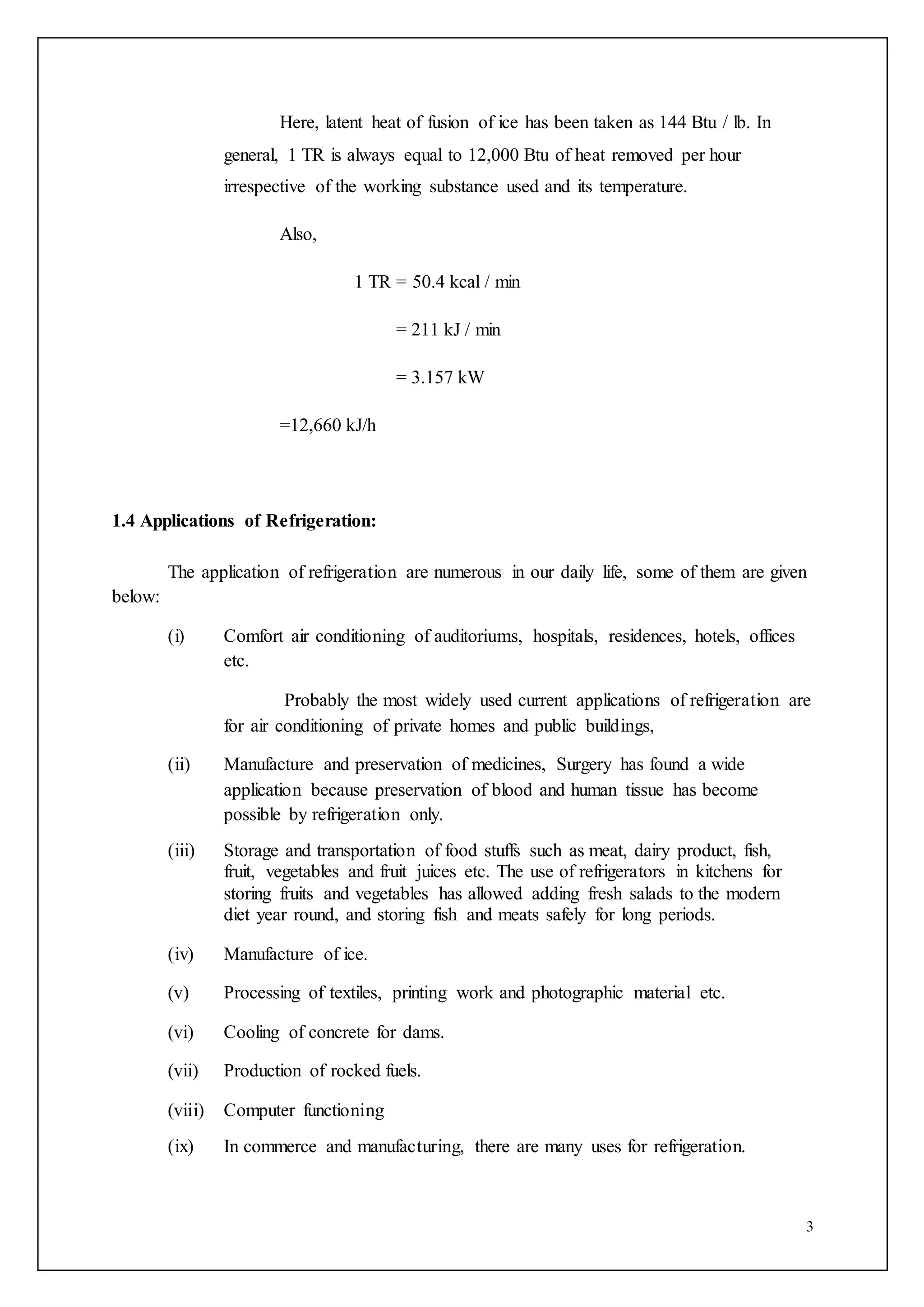
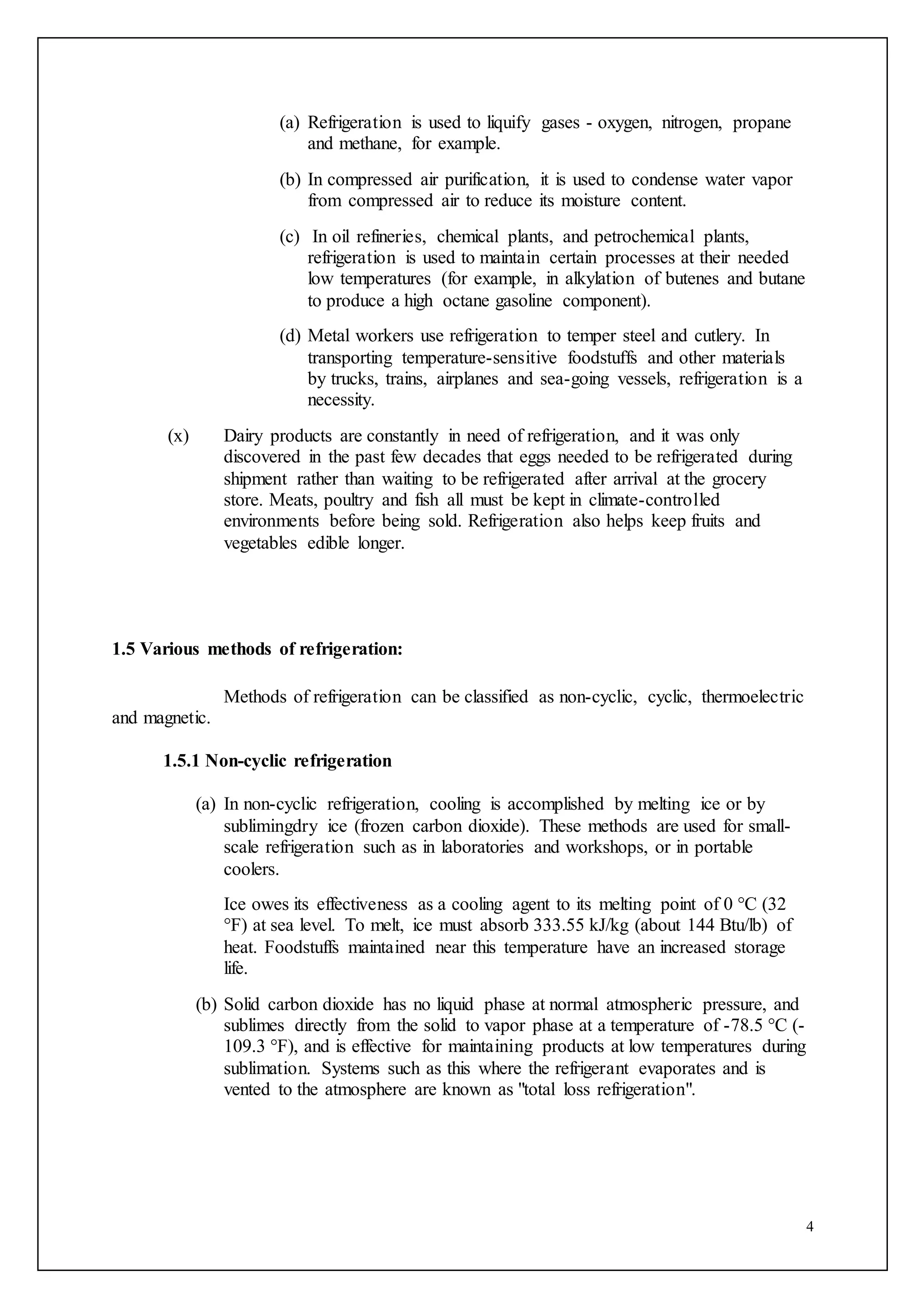
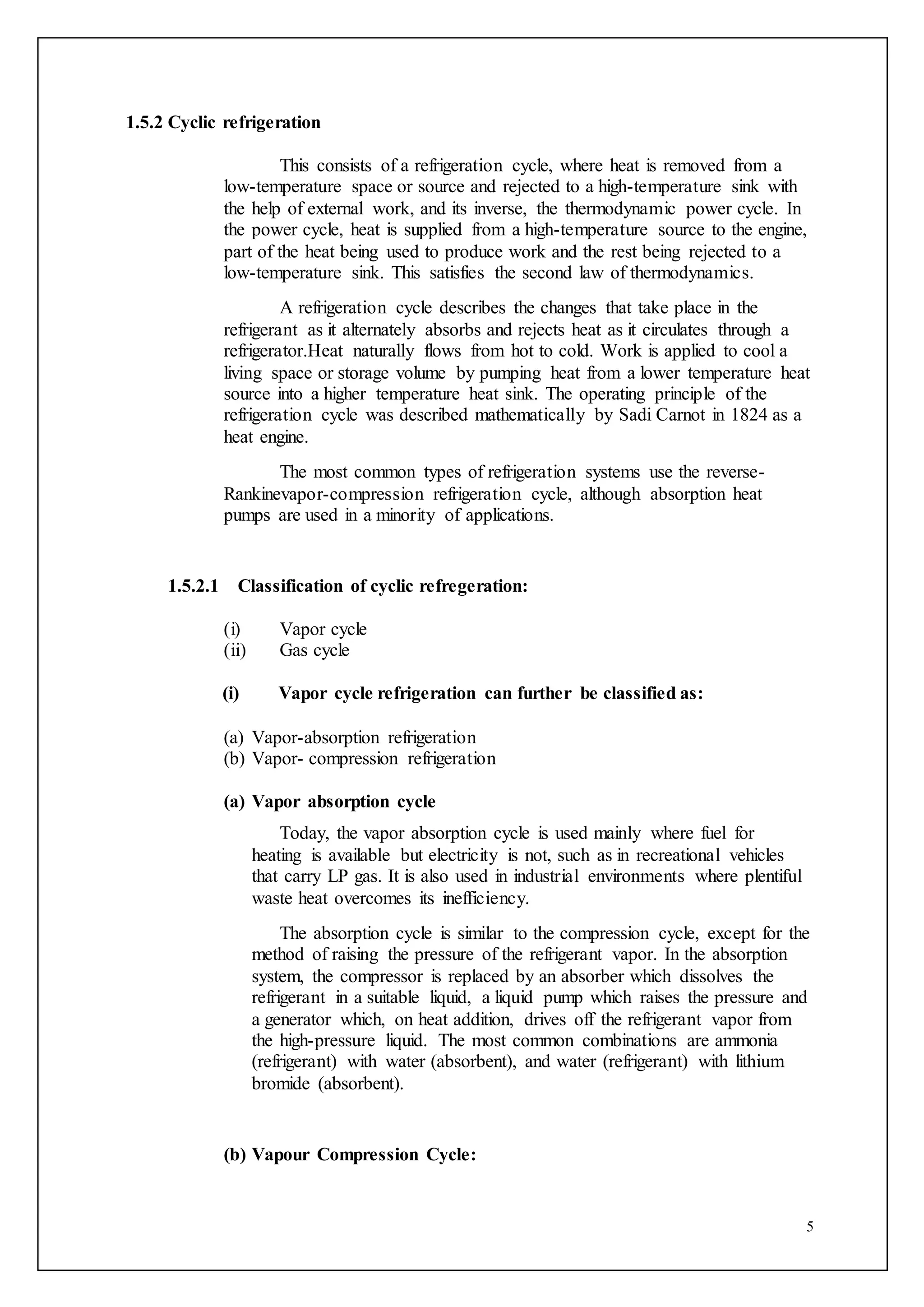


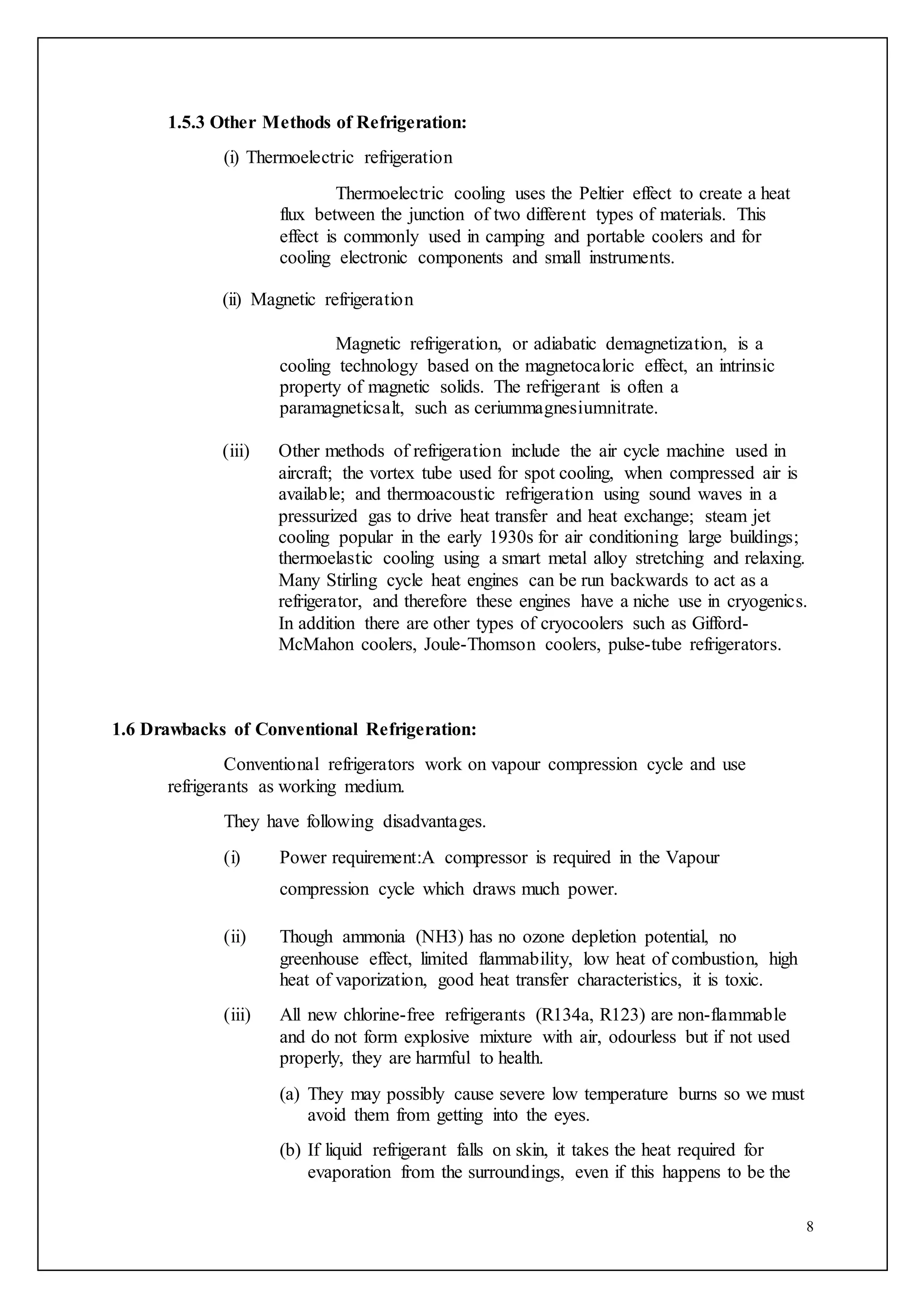
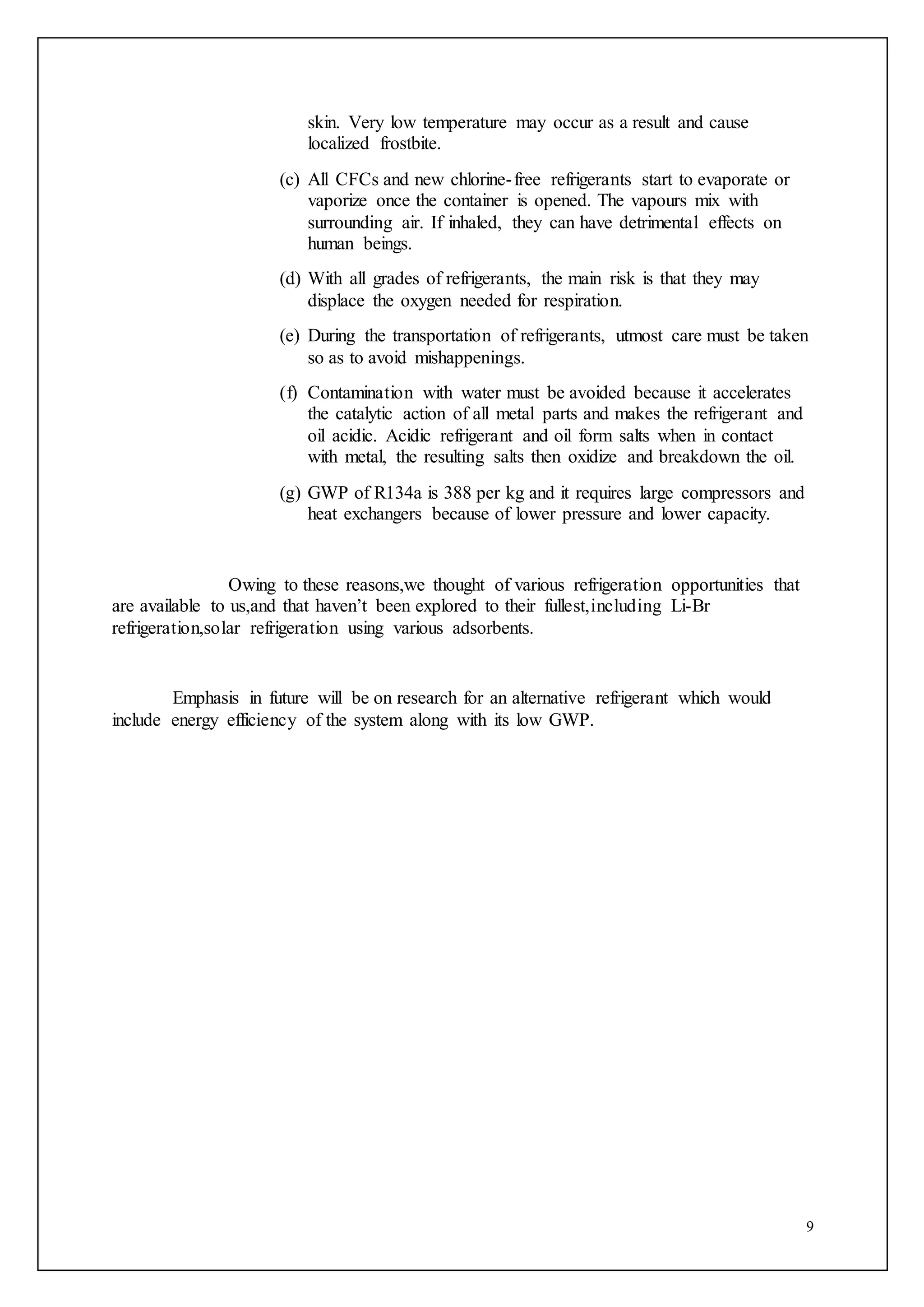



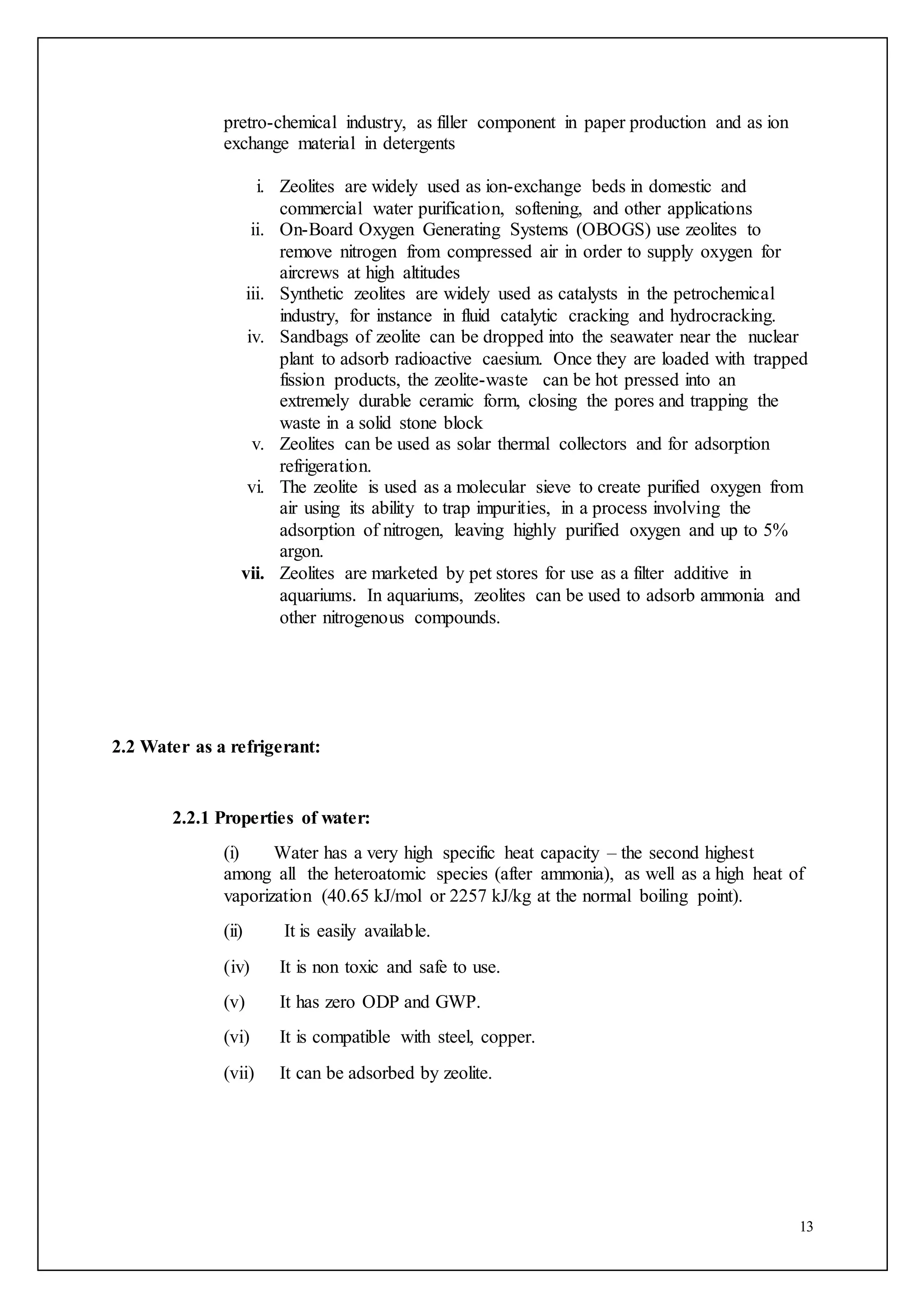
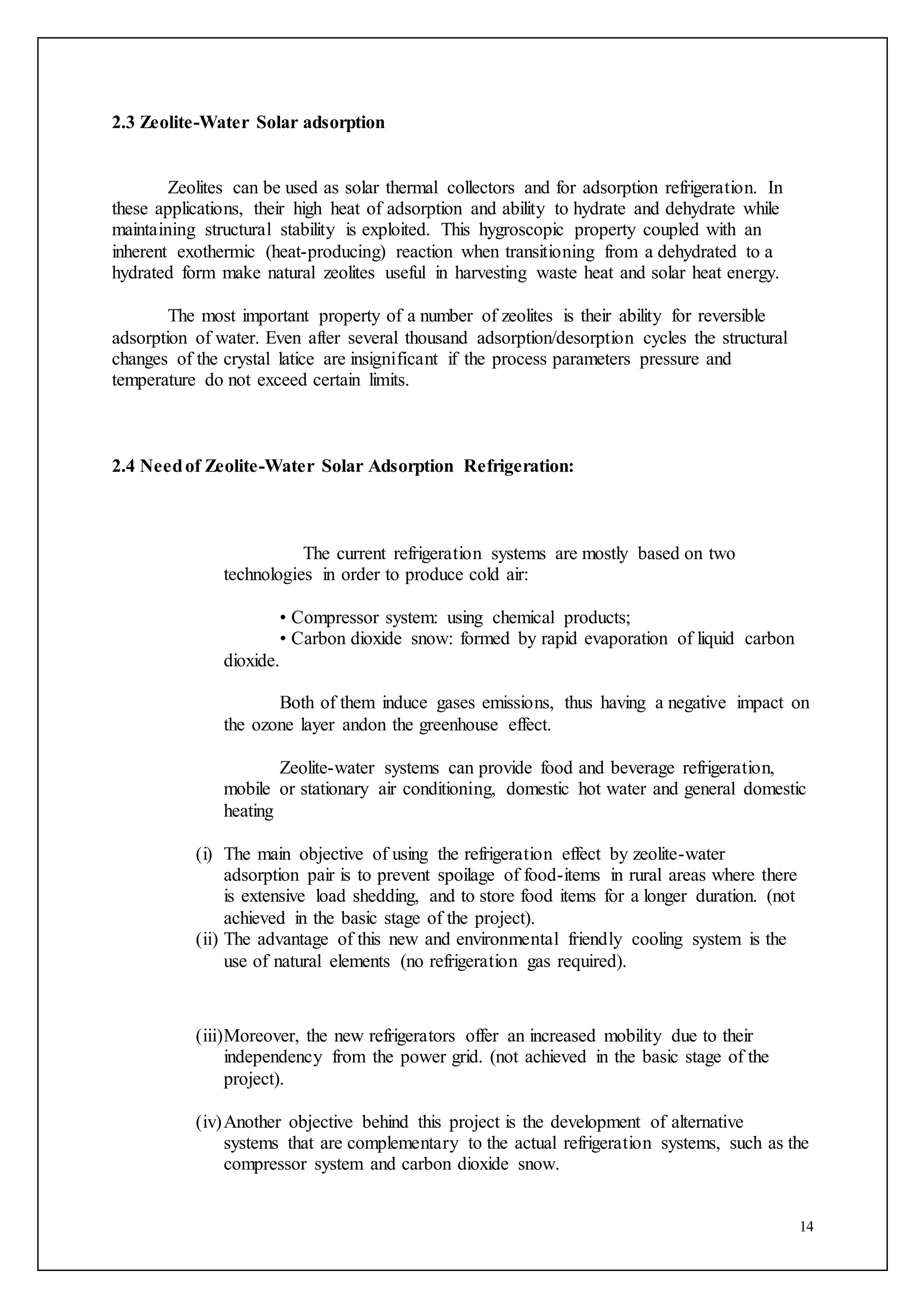
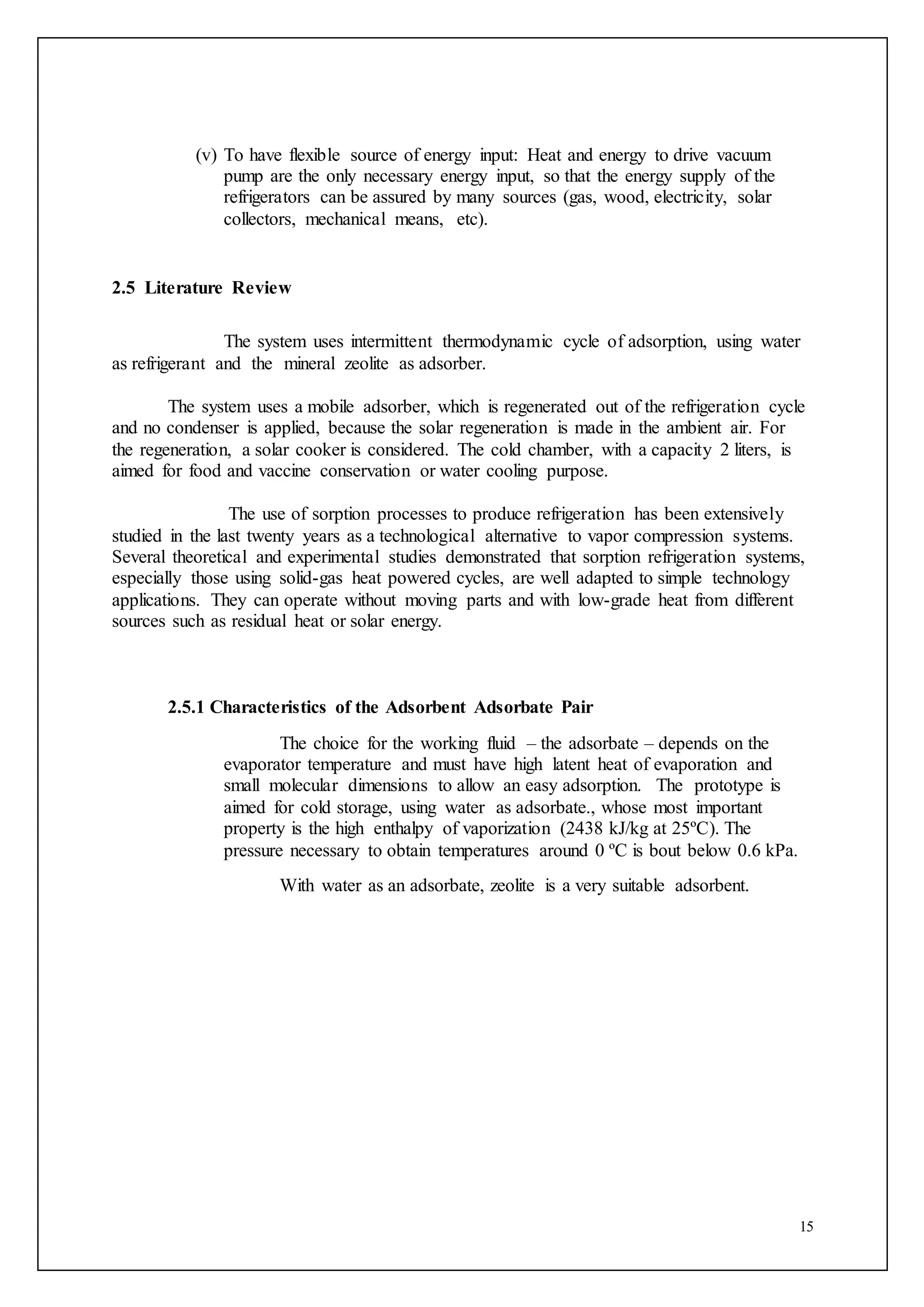
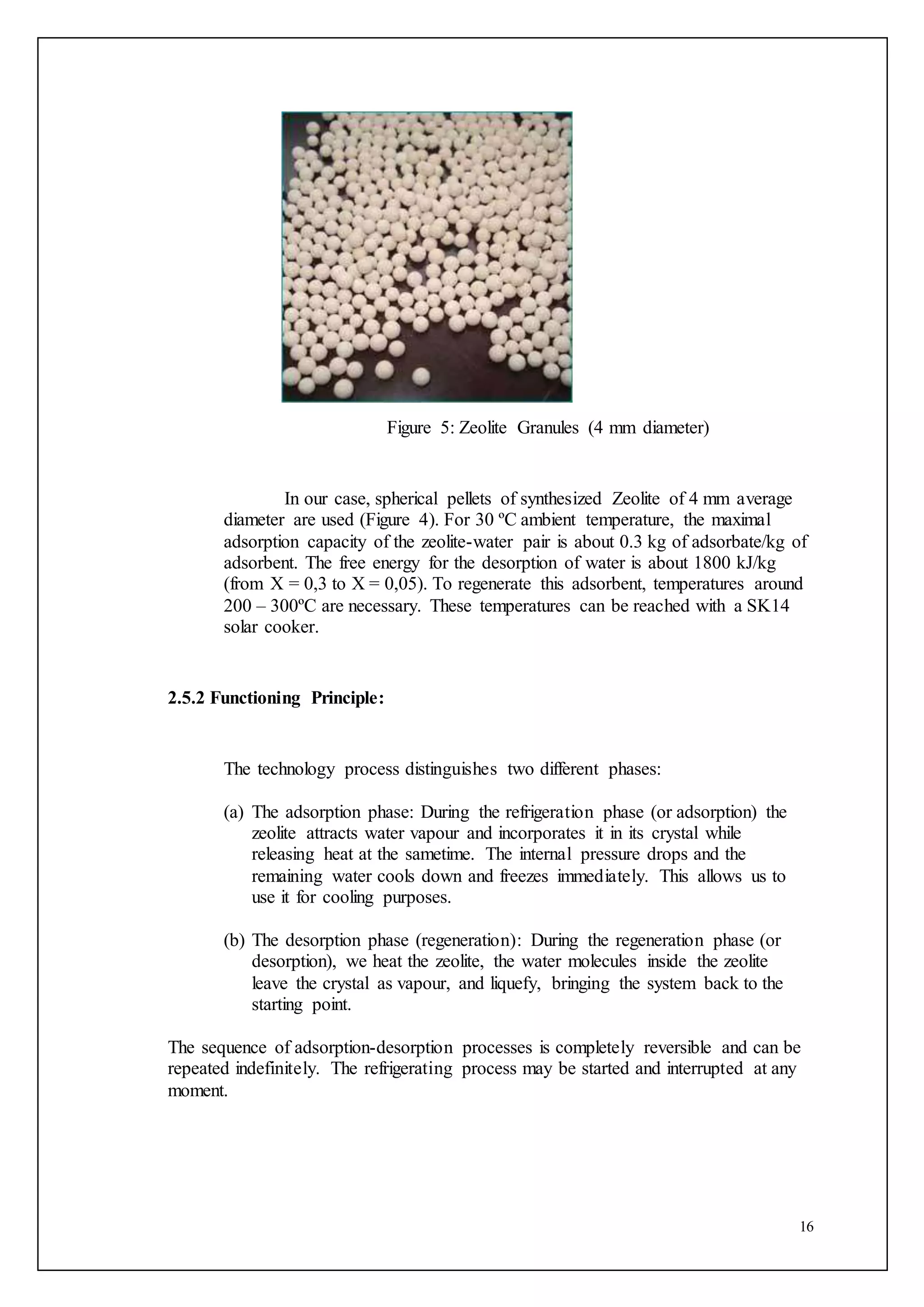
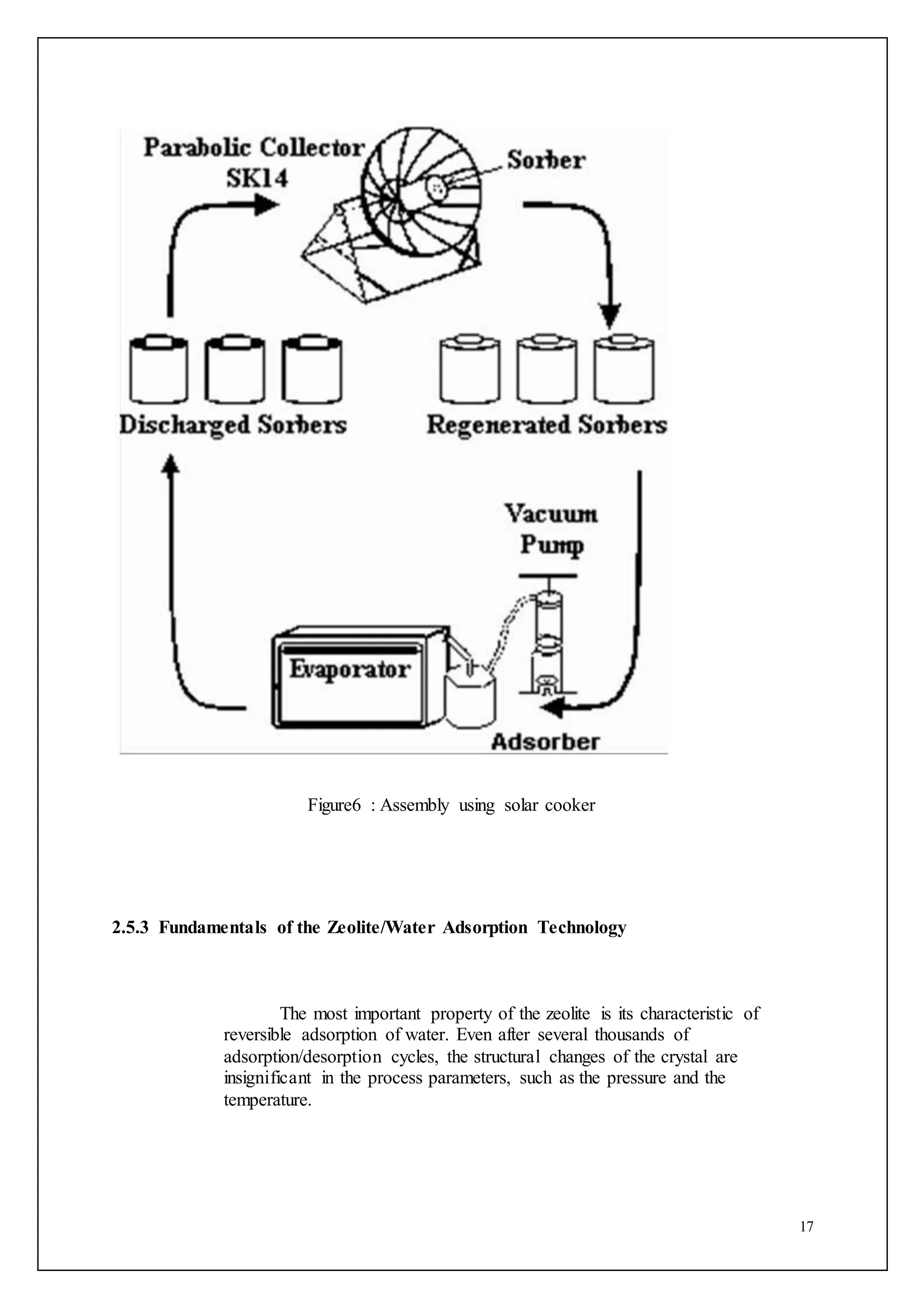

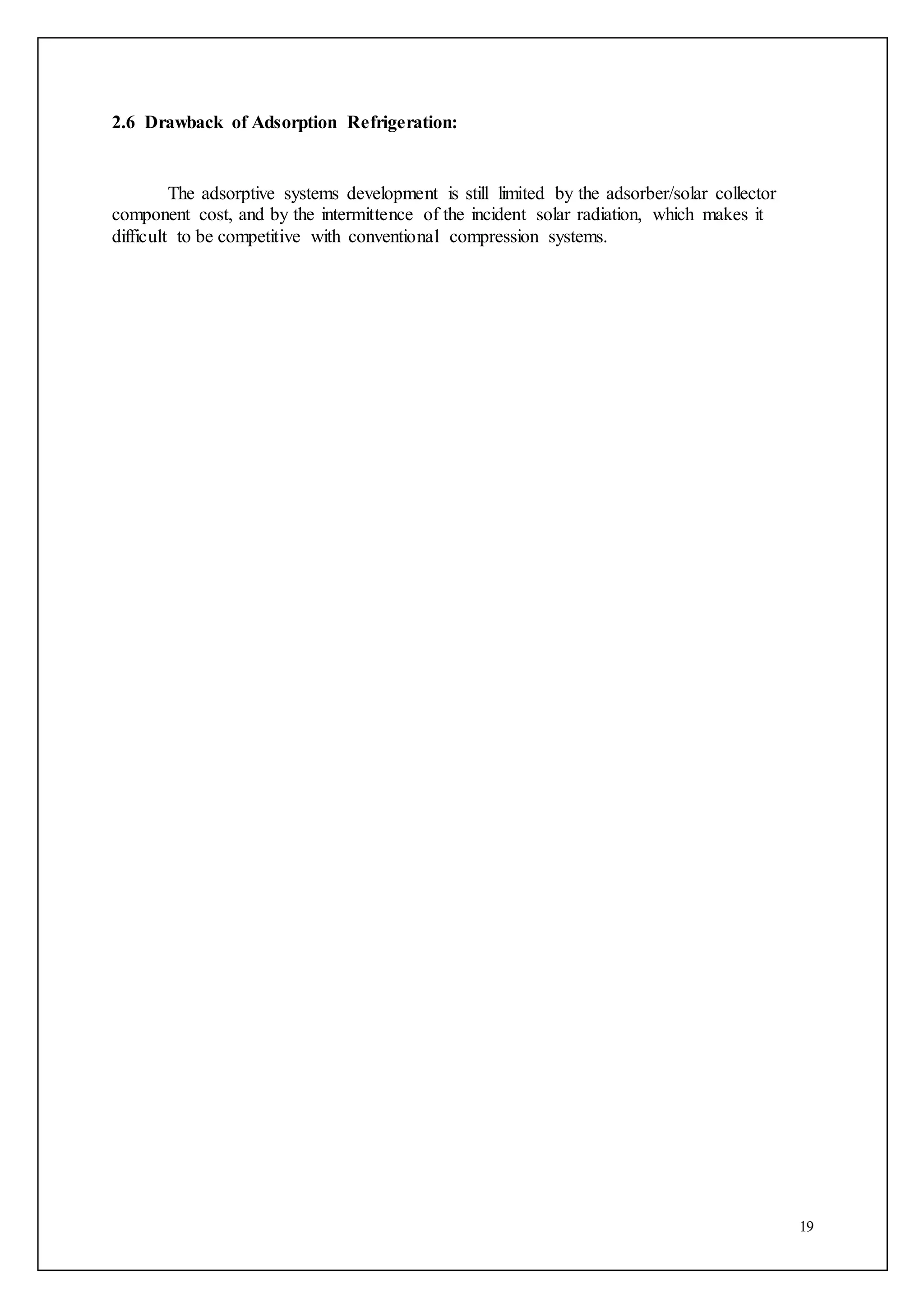
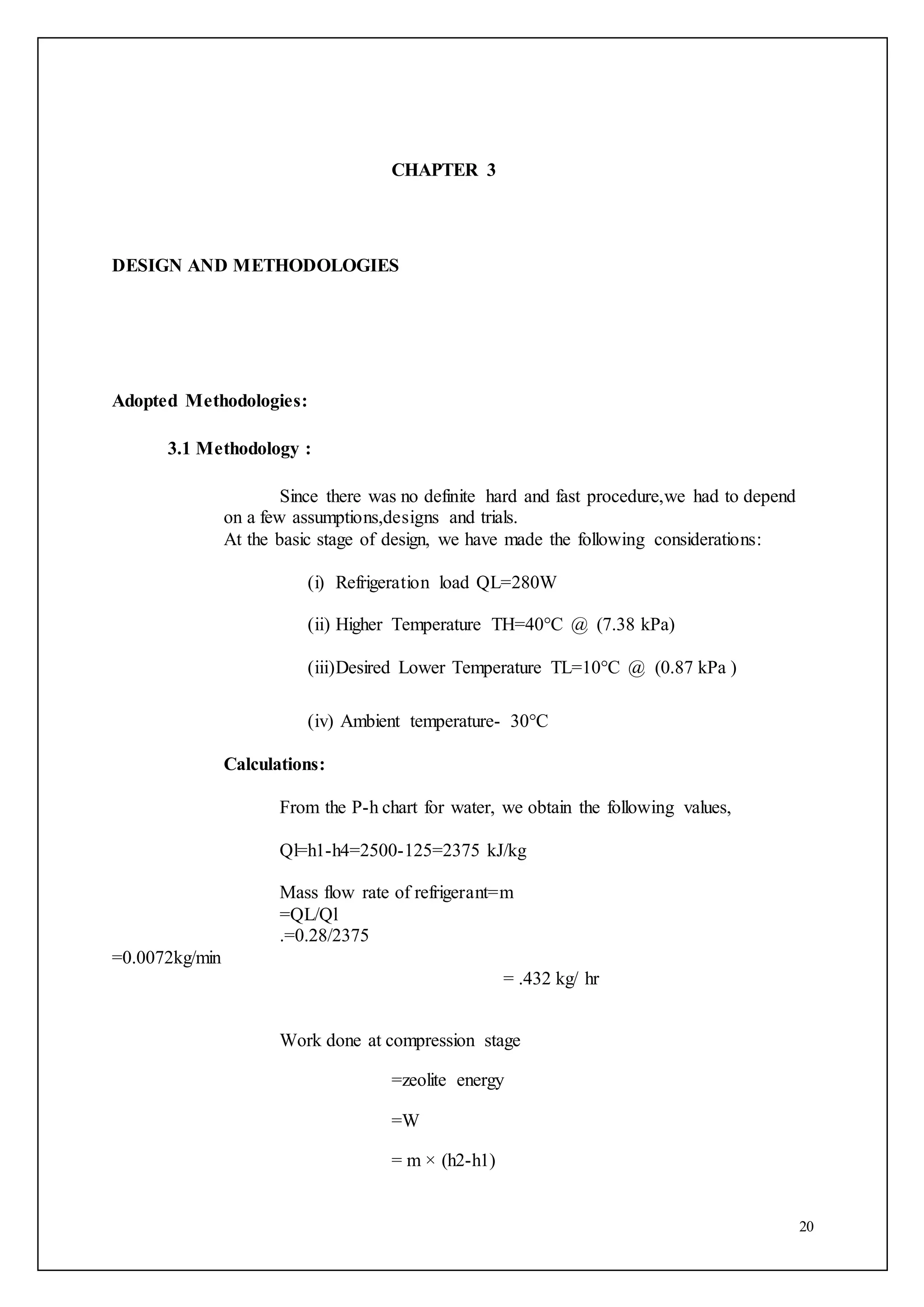
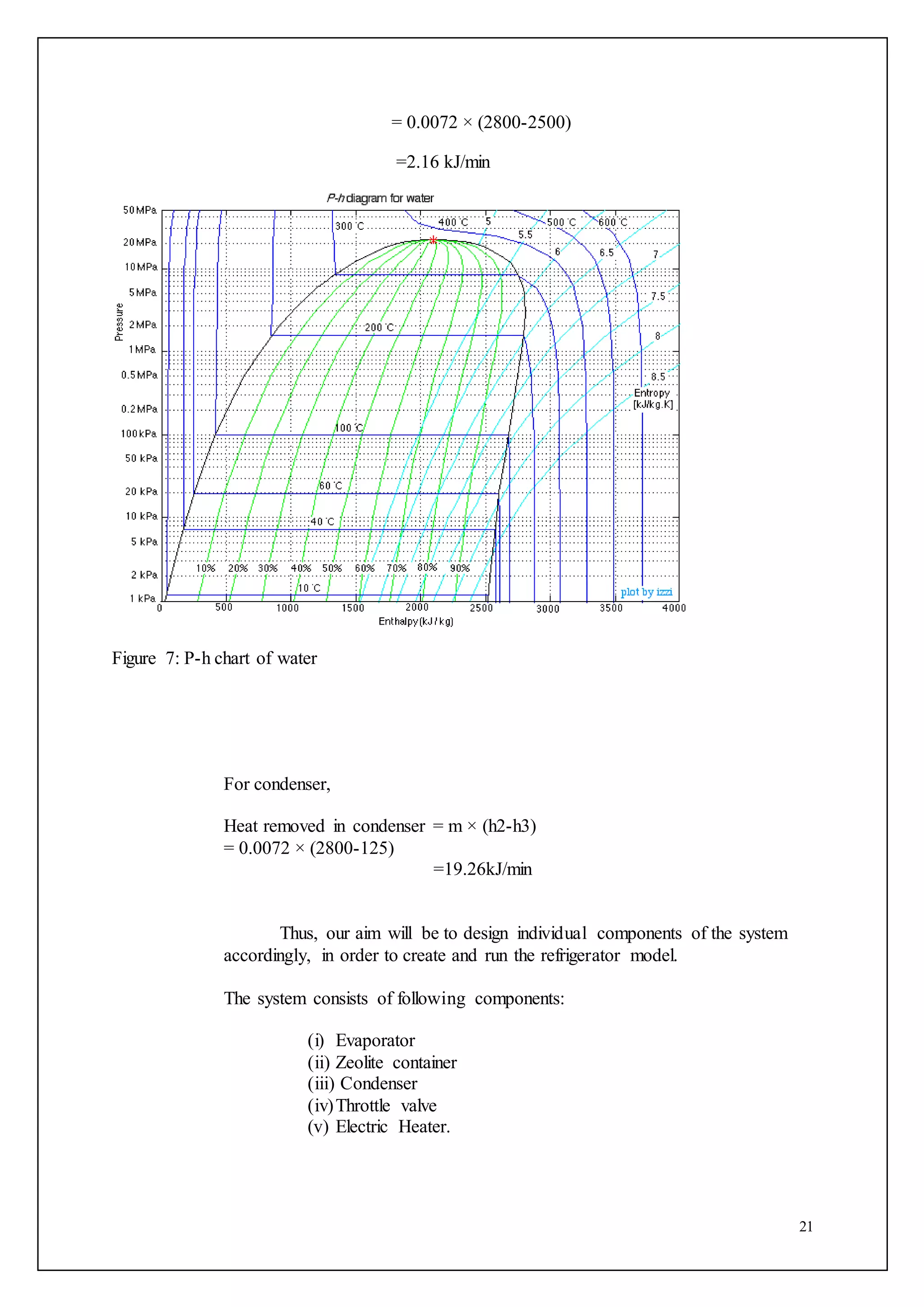
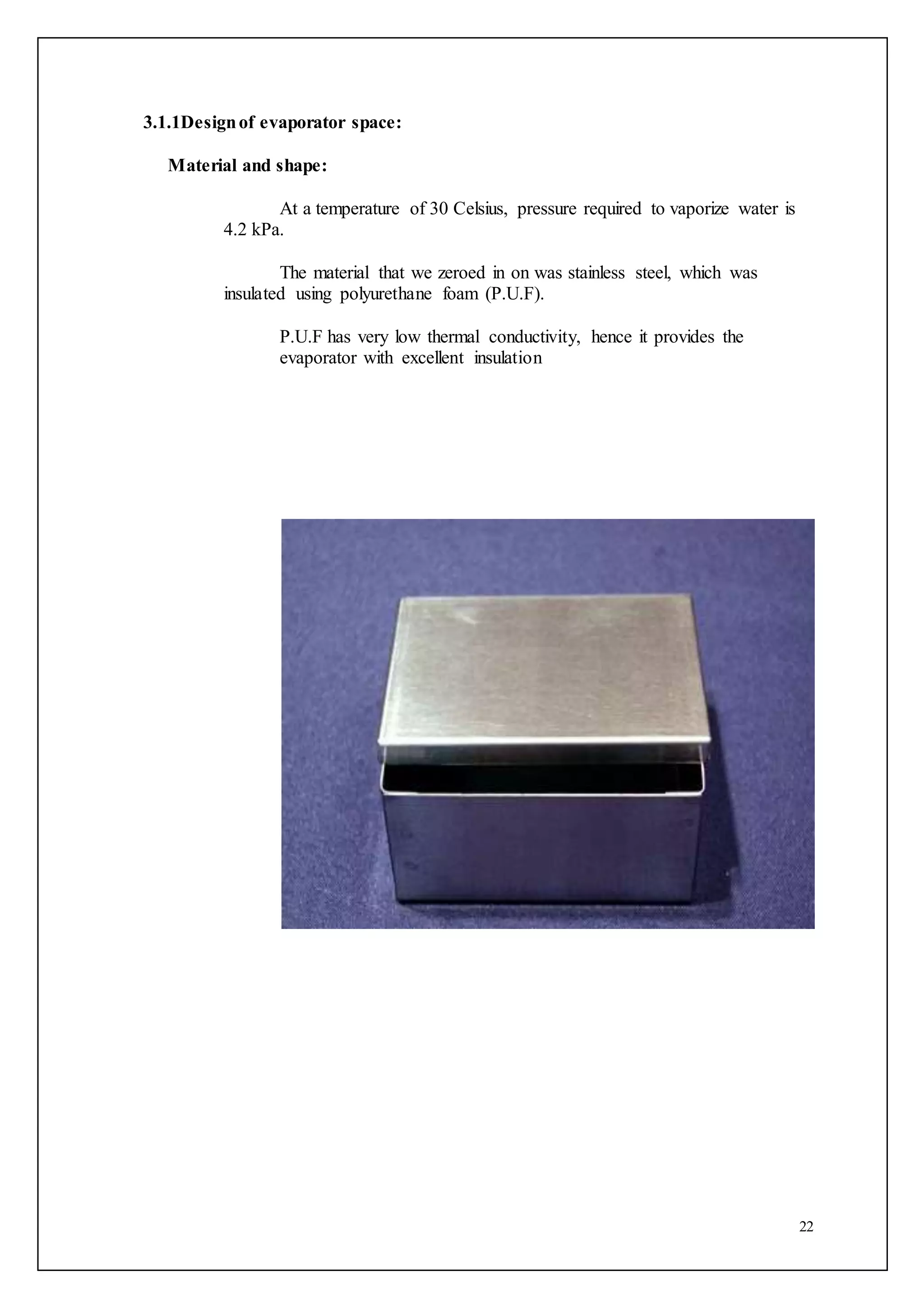
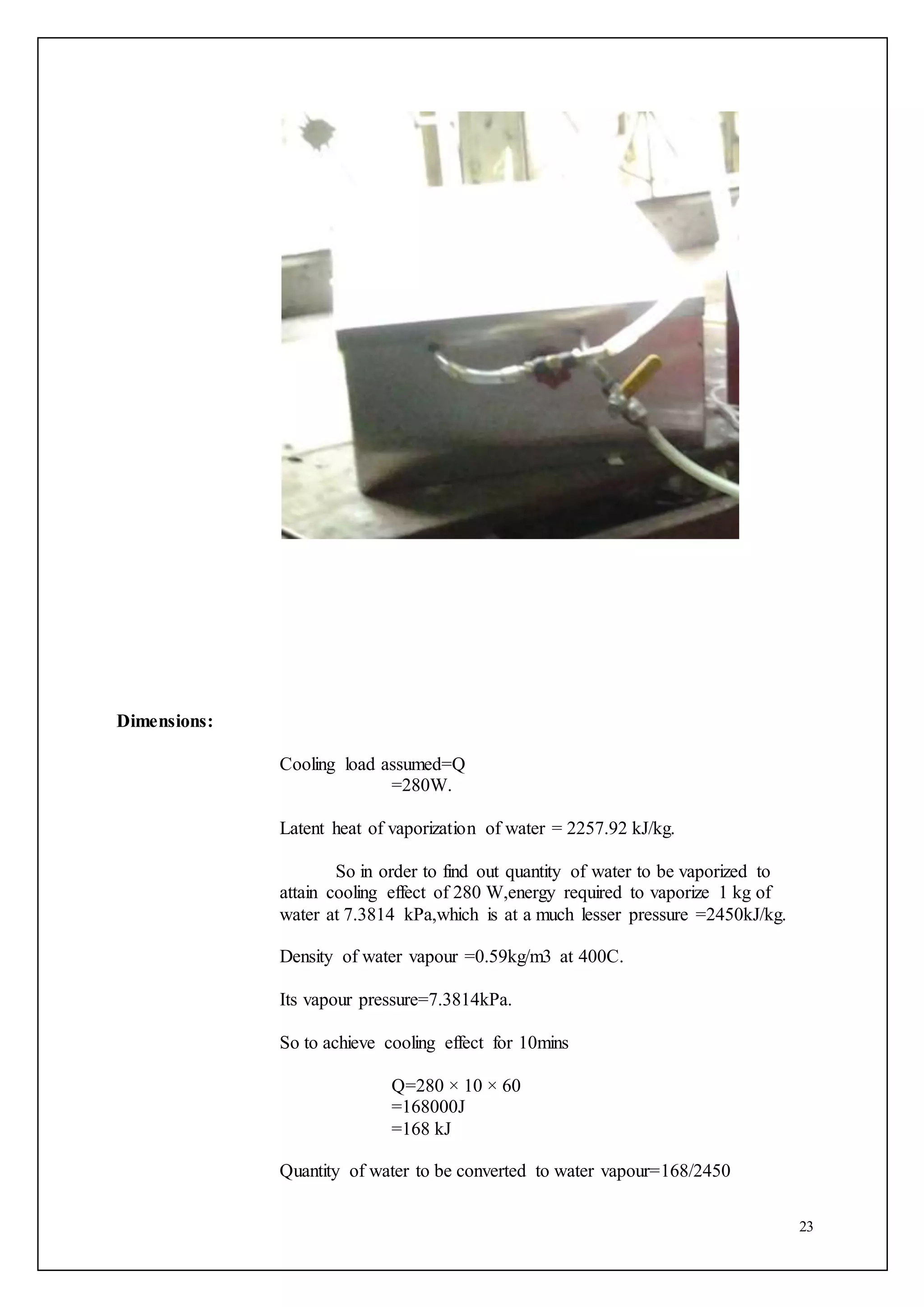

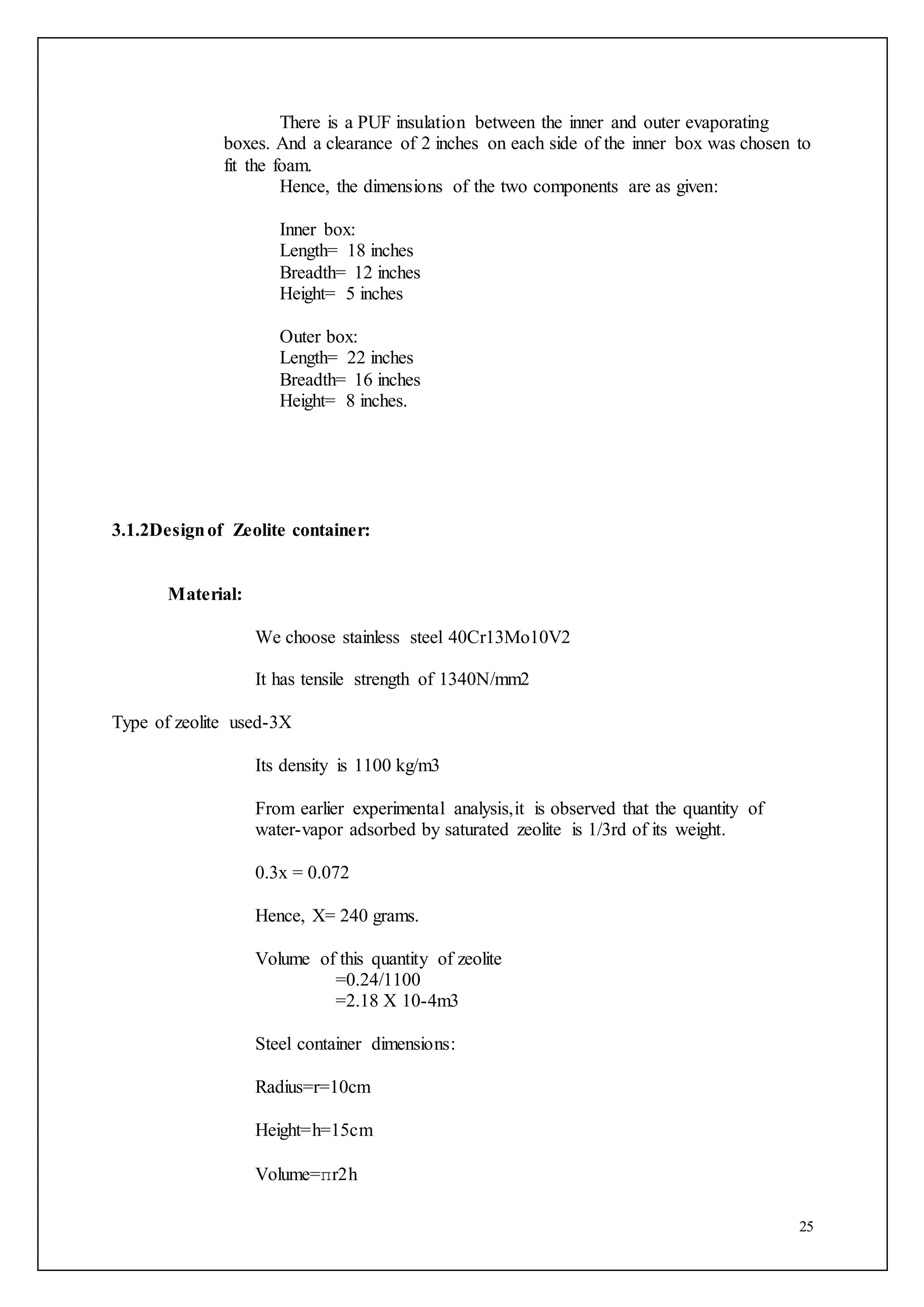
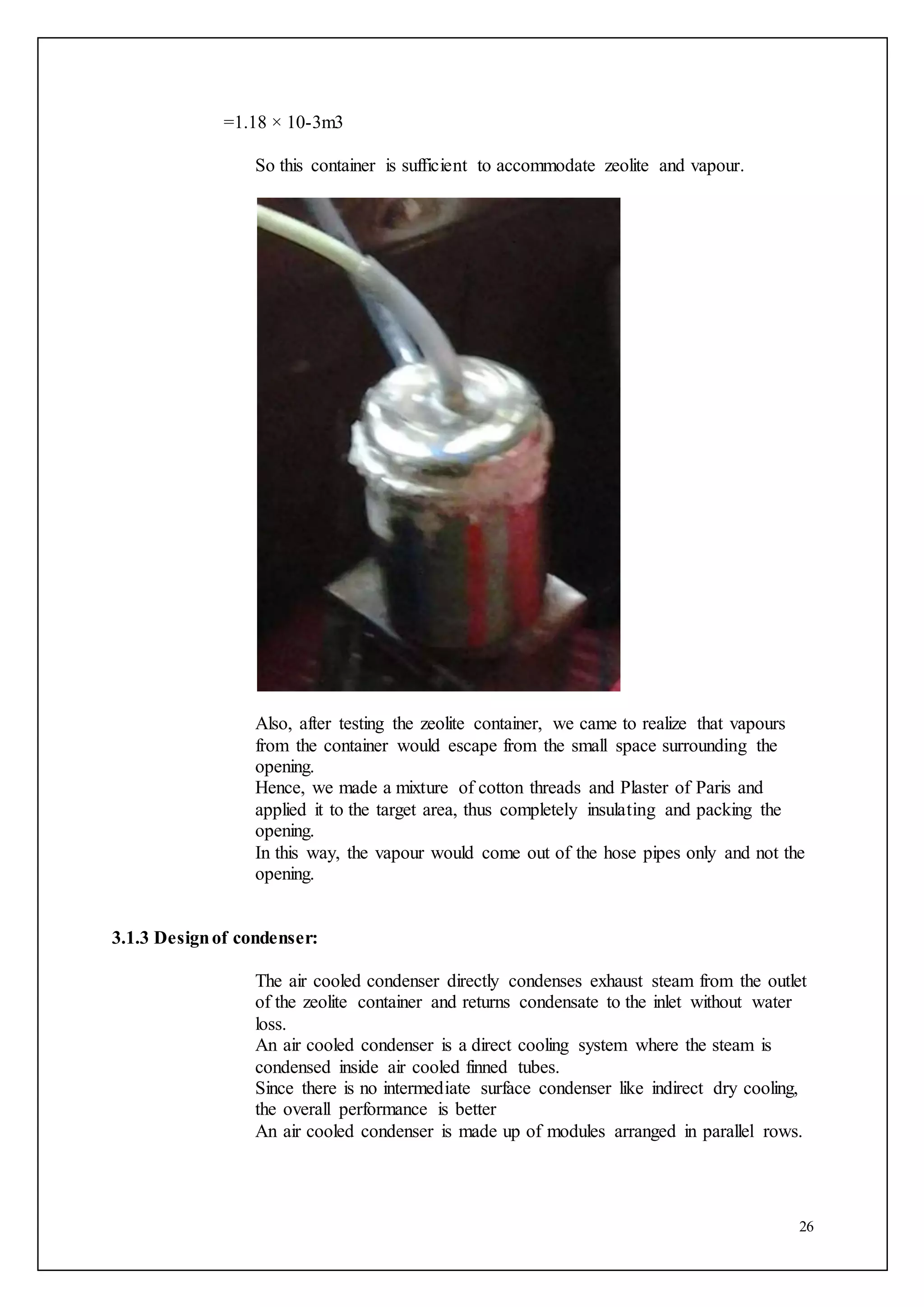
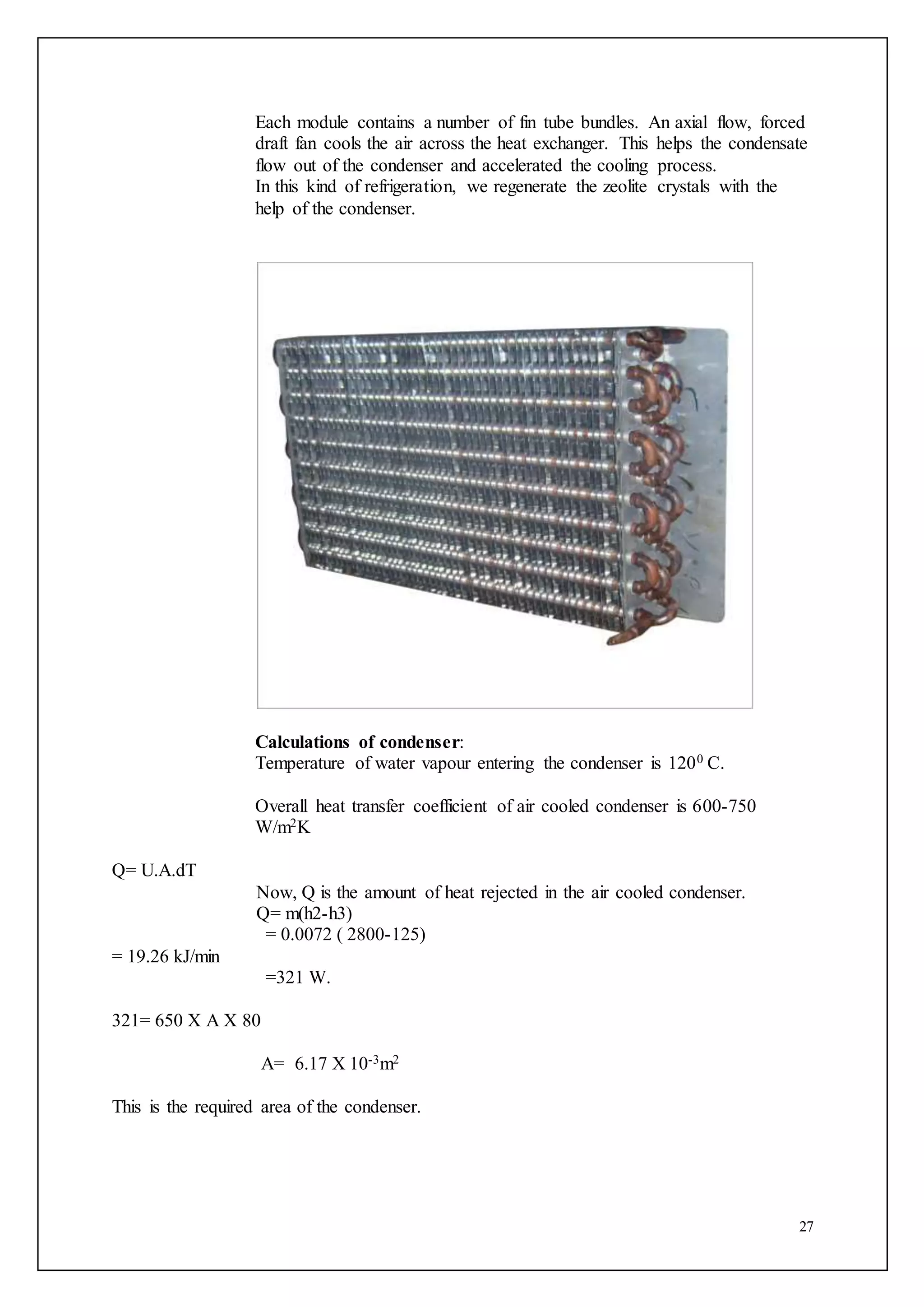
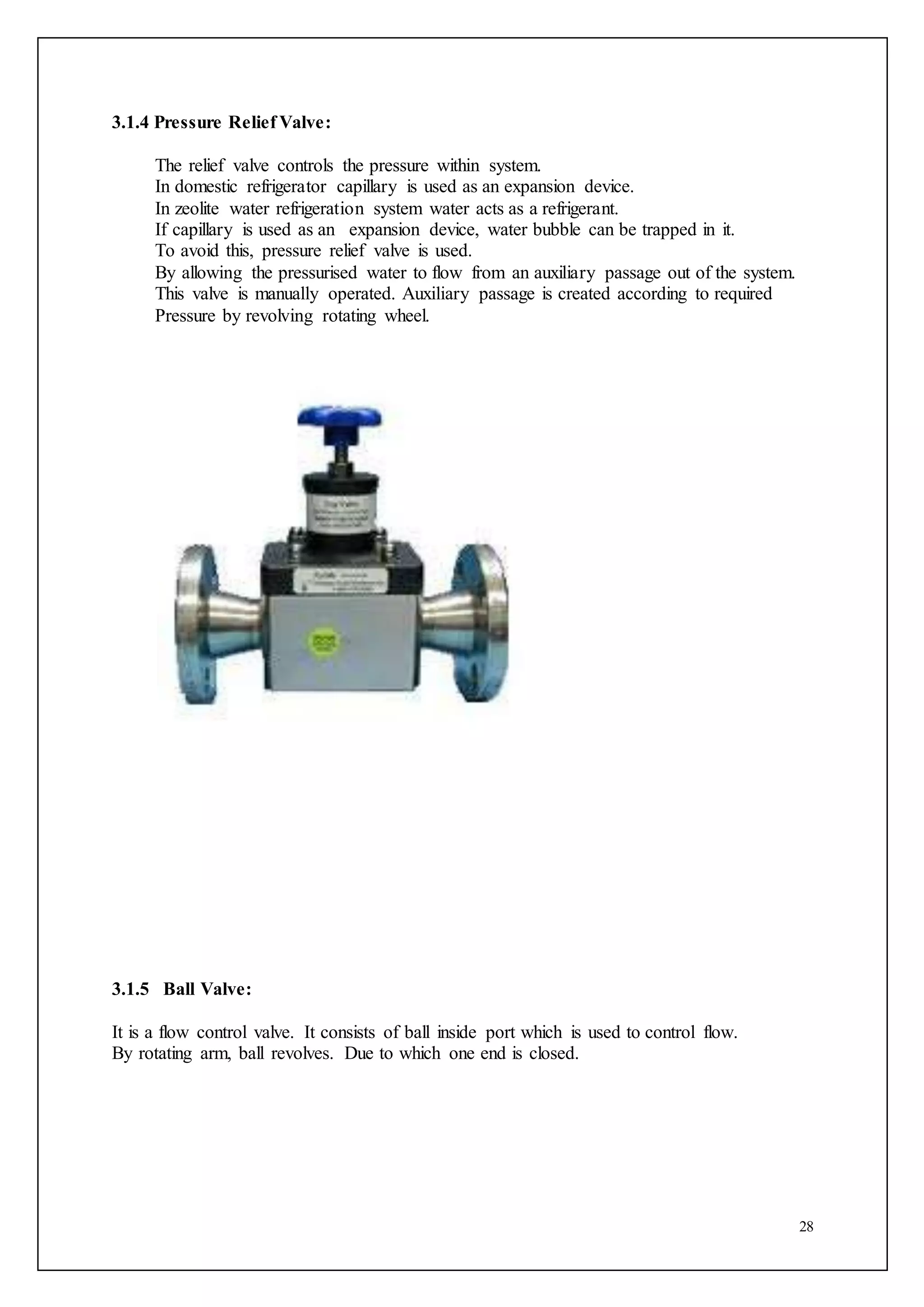
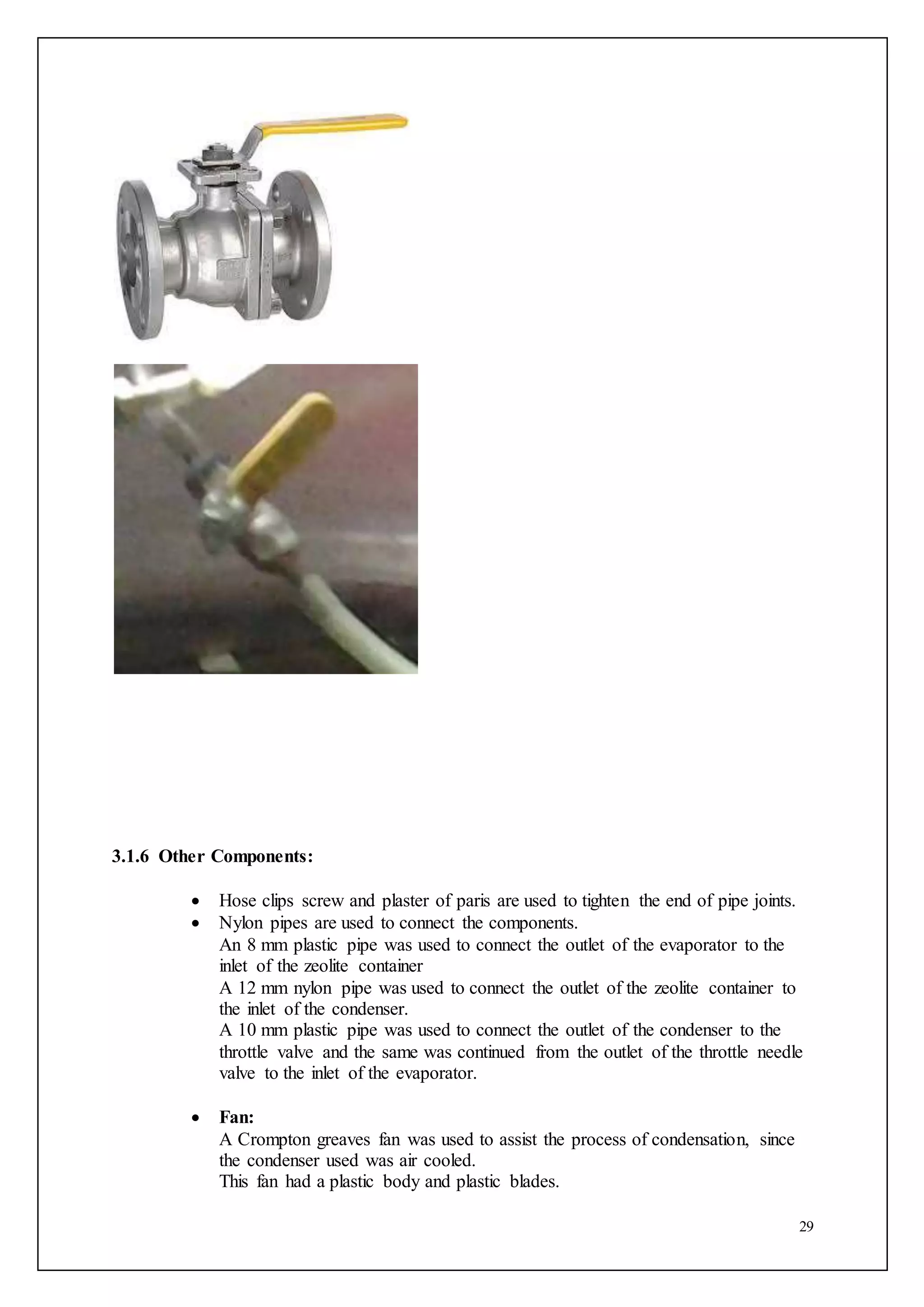
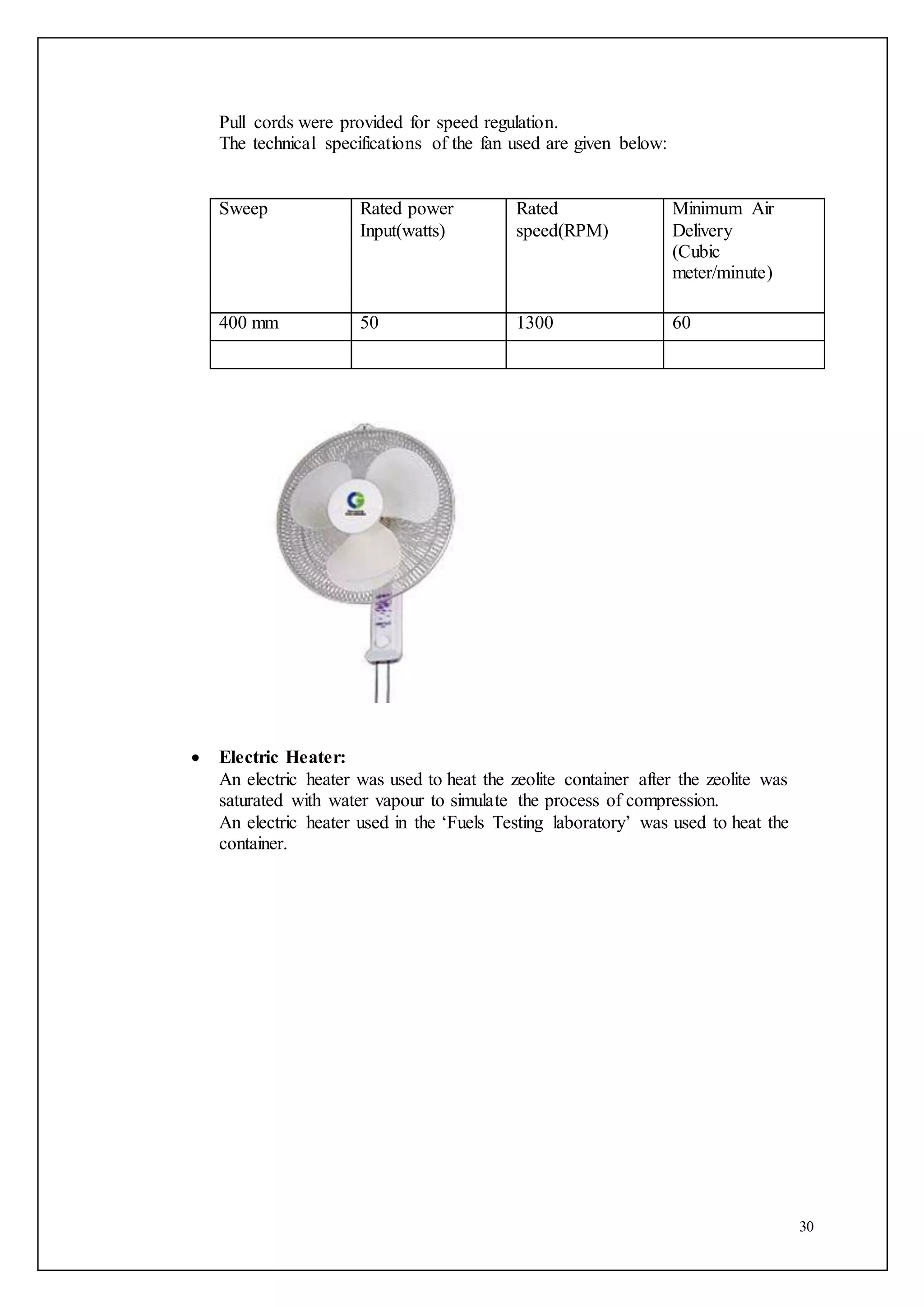

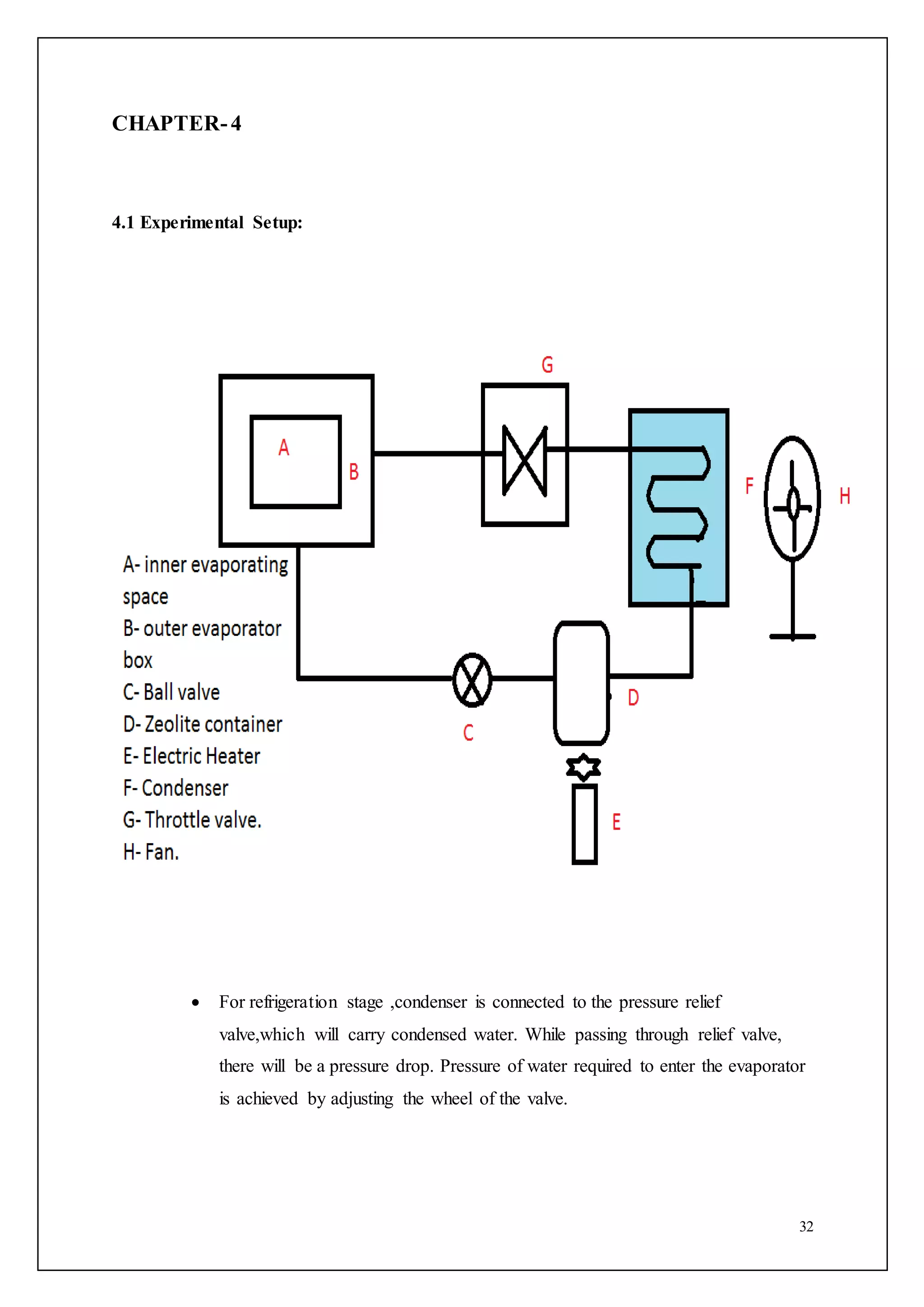
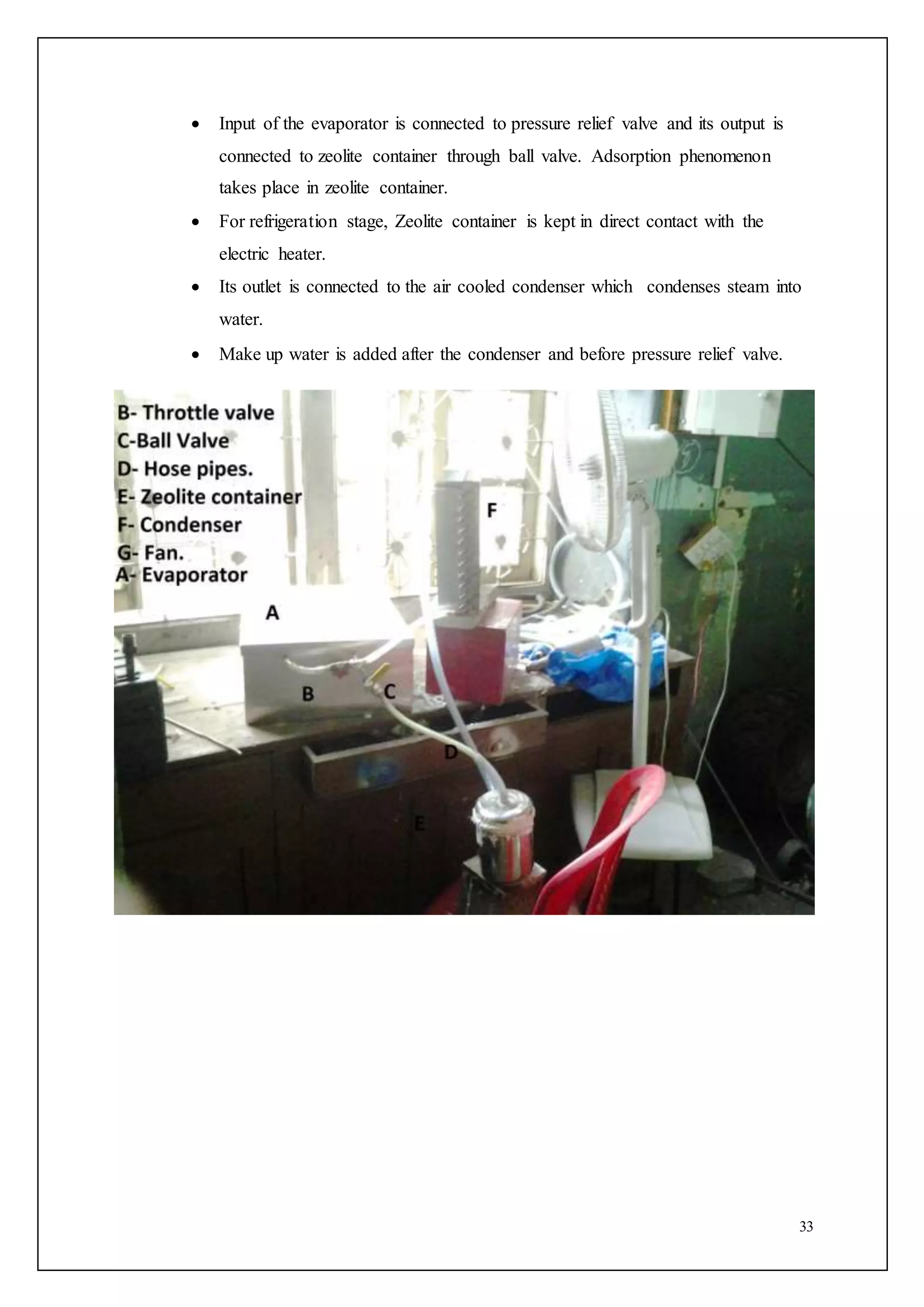

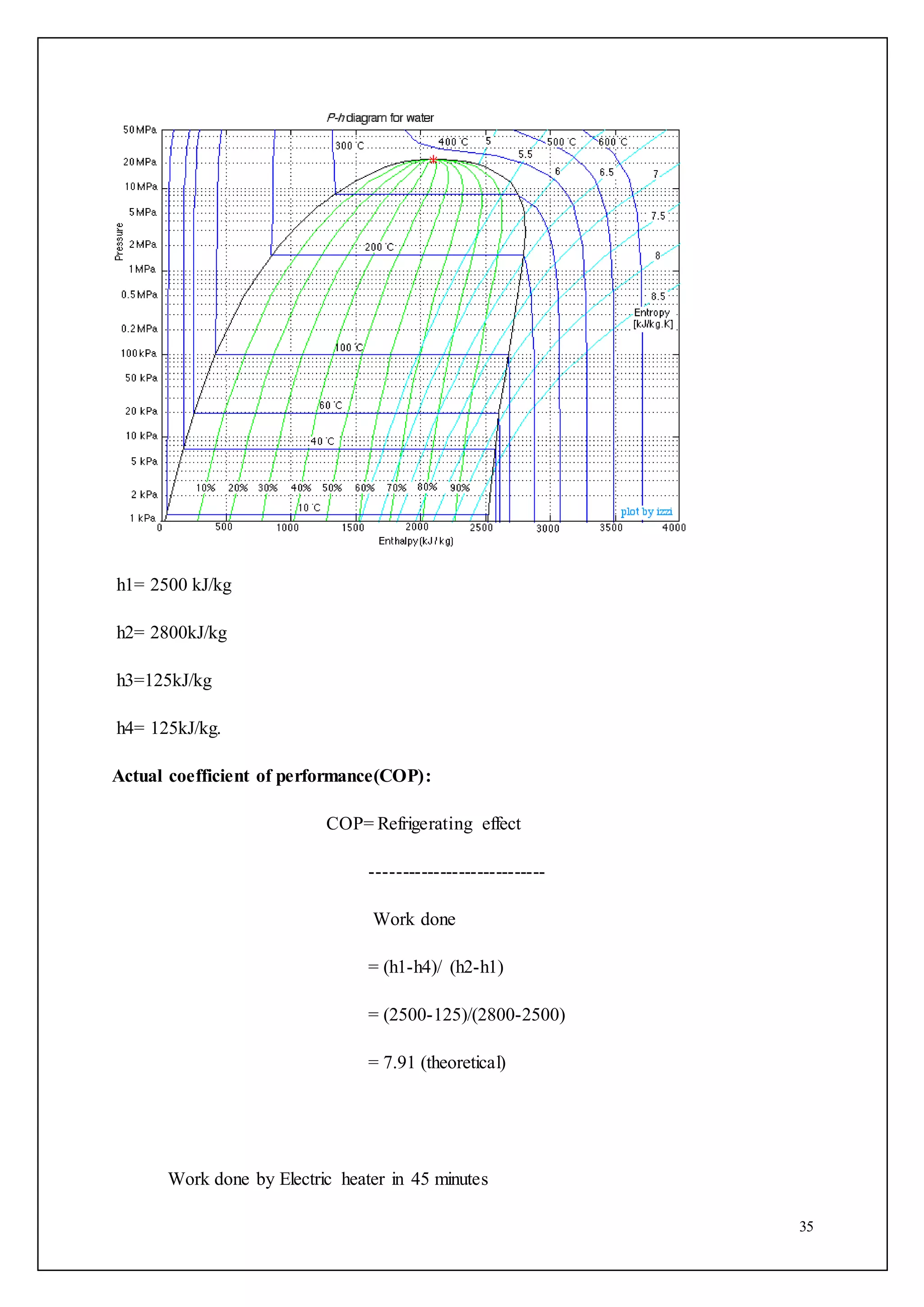

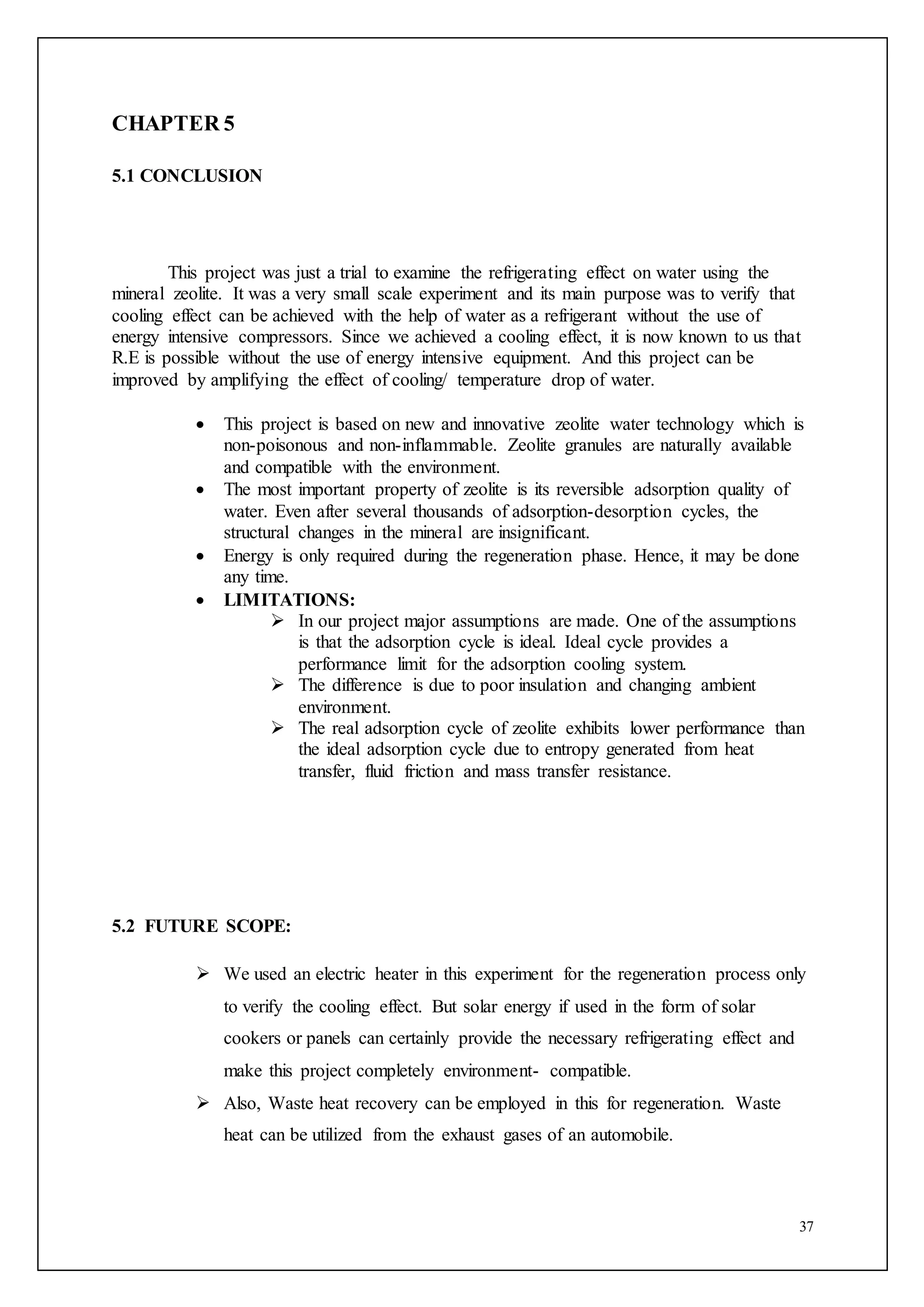

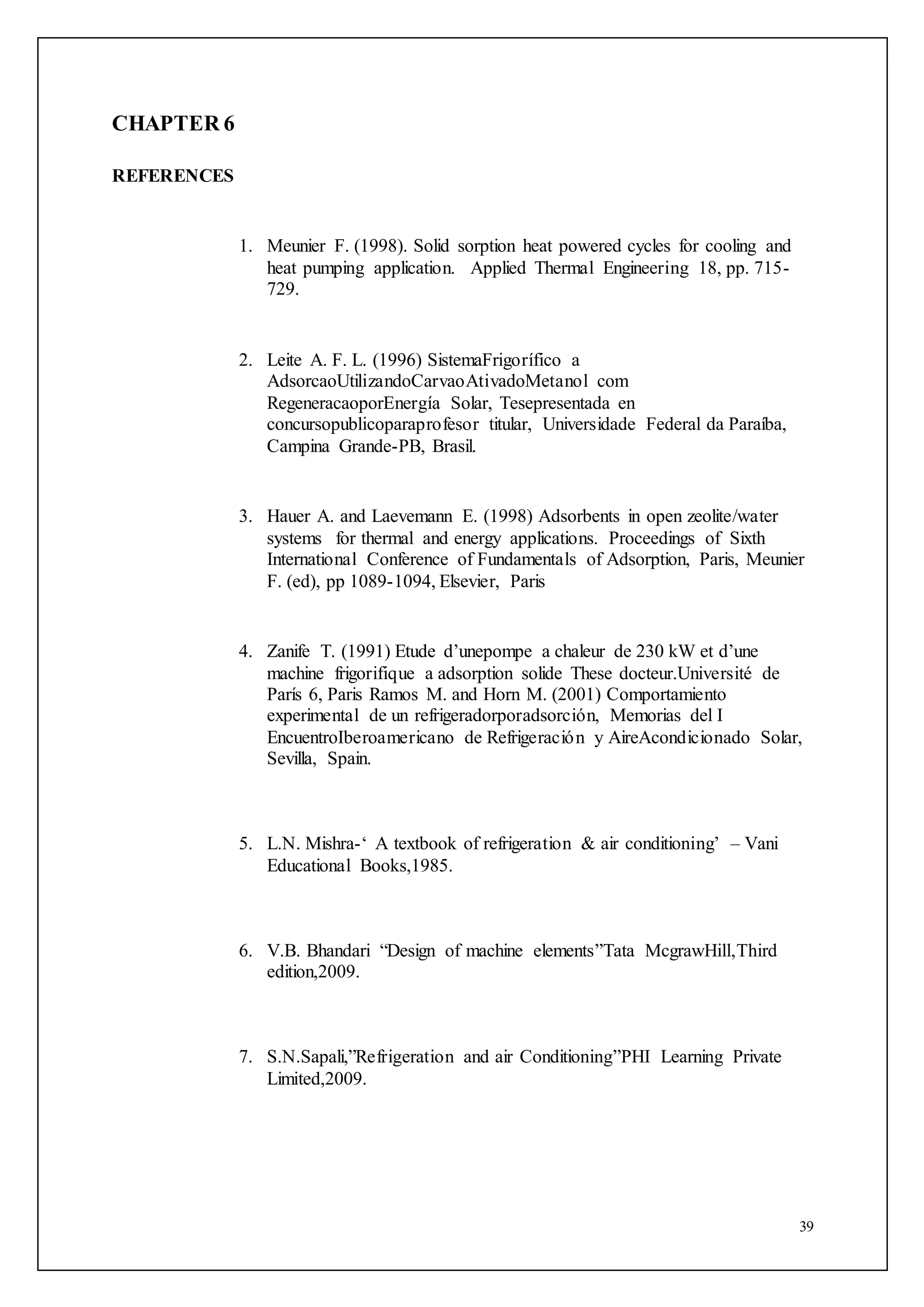
![40
8. W. R. Grace & Co. Enriching Lives, Everywhere. – Zeolite Structure.
Grace.com. Retrieved on 2010-12-09.
9. Heterogeneous asymmetric epoxidation of cis-ethyl cinnamte over
Jacobsen's catalyst immobilized in inorganic porous materials p. 37
[thesis p. 28], § 2.4.1 Zeolites.
10. International Zeolite Association, Database of Zeolite Structures
11. Webmineral Zeolites, Dana Classification
12. Tschernich, Rudy W. (1992). Zeolites of the World. Geoscience Press.
p. 563. Note: 237 MB (PDF).
13. Zeolites (natural), USGS Mineral Commodity Summaries 2011
14. Robert L. Virta Zeolites, USGS 2009 Minerals Yearbook (October
2010)
15. On-Board Oxygen Generating System (OBOGS)." Honeywell.
16. Levels of Radioactive Materials Rise Near Japanese Plant, The
Associated Press (via NYTimes), April 16, 2011
17. Compact and flexible thermal storage
18. Guglielmo Ventura; Lara Risegari (26 November 2007). The Art of
Cryogenics: Low-Temperature Experimental Techniques. Surendra
Kumar. pp. 17–. ISBN 978-0-08-044479-6. Retrieved 4 June 2012.
19. Dypayan Jana, Clinoptilolite – a promising pozzolan in concrete
20. Andrejkovičová et al. (2012), Air Lime Mortars with Incorporation of
Sepiolite and Synthetic Zeolite Pellets [1]
21. Thomsonite, R. V. Dietrich, 2006
22. Handbook of zeolite science and technology, Scott M. Auerbach,
Kathleen A. Carrado, Prabir K. Dutta, eds. CRC Press, 2003, p.
16. ISBN 0-8247-4020-3
23. Rhee P, Brown C, Martin M, et al. (2008). "QuikClot use in trauma for
hemorrhage control: case series of 103 documented uses". J
Trauma 64 (4): 1093–
9.doi:10.1097/TA.0b013e31812f6dbc. PMID 18404080.
24. IMA Database of Mineral Properties
25. Nickel-Strunz classification 10 ed, mindat.org
26. First, E. L., Gounaris, C. E., Wei, J., and Floudas, C. A. (2011).
"Computational characterization of zeolite porous networks: an
automated approach". Physical Chemistry](https://image.slidesharecdn.com/47dd4a40-cba4-4fef-93f2-2aac69c11254-161023014850/75/Project-Report-40-2048.jpg)
